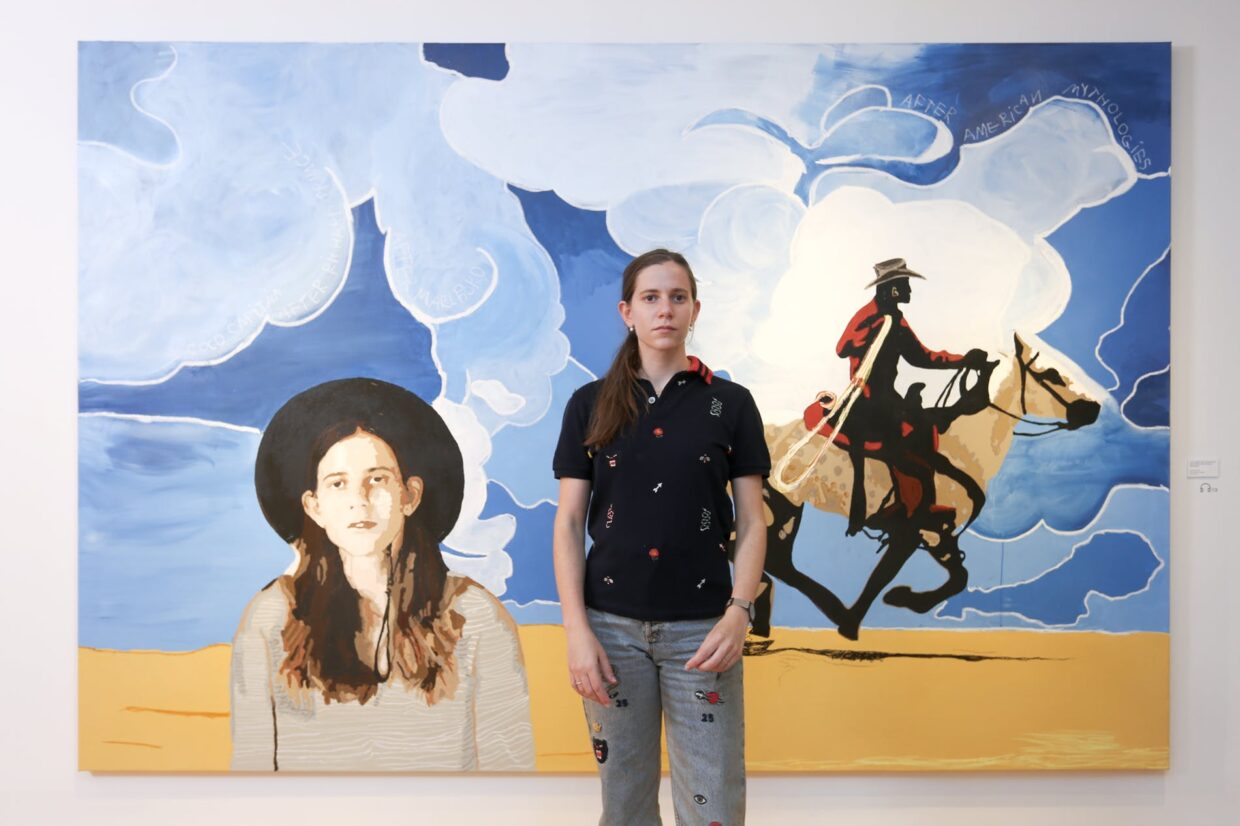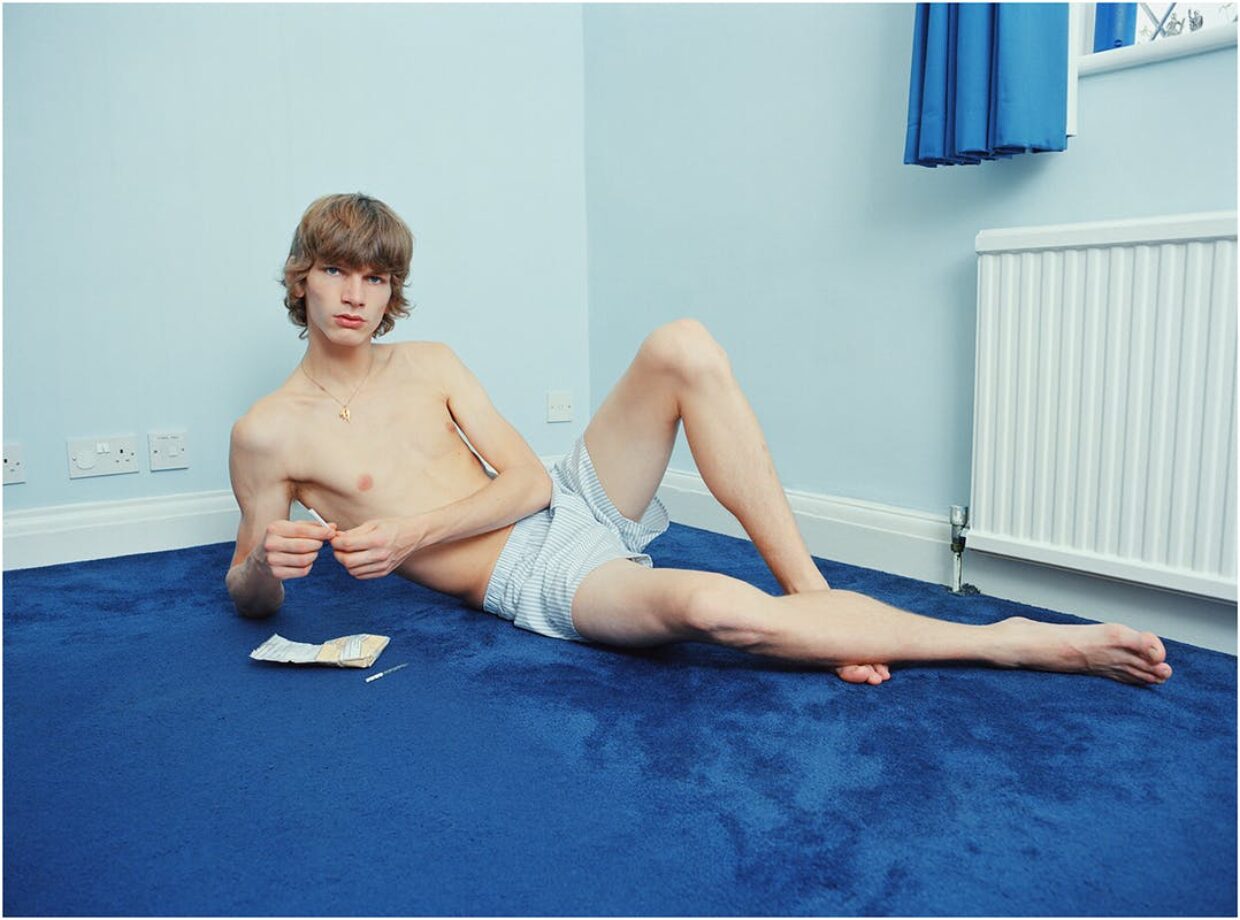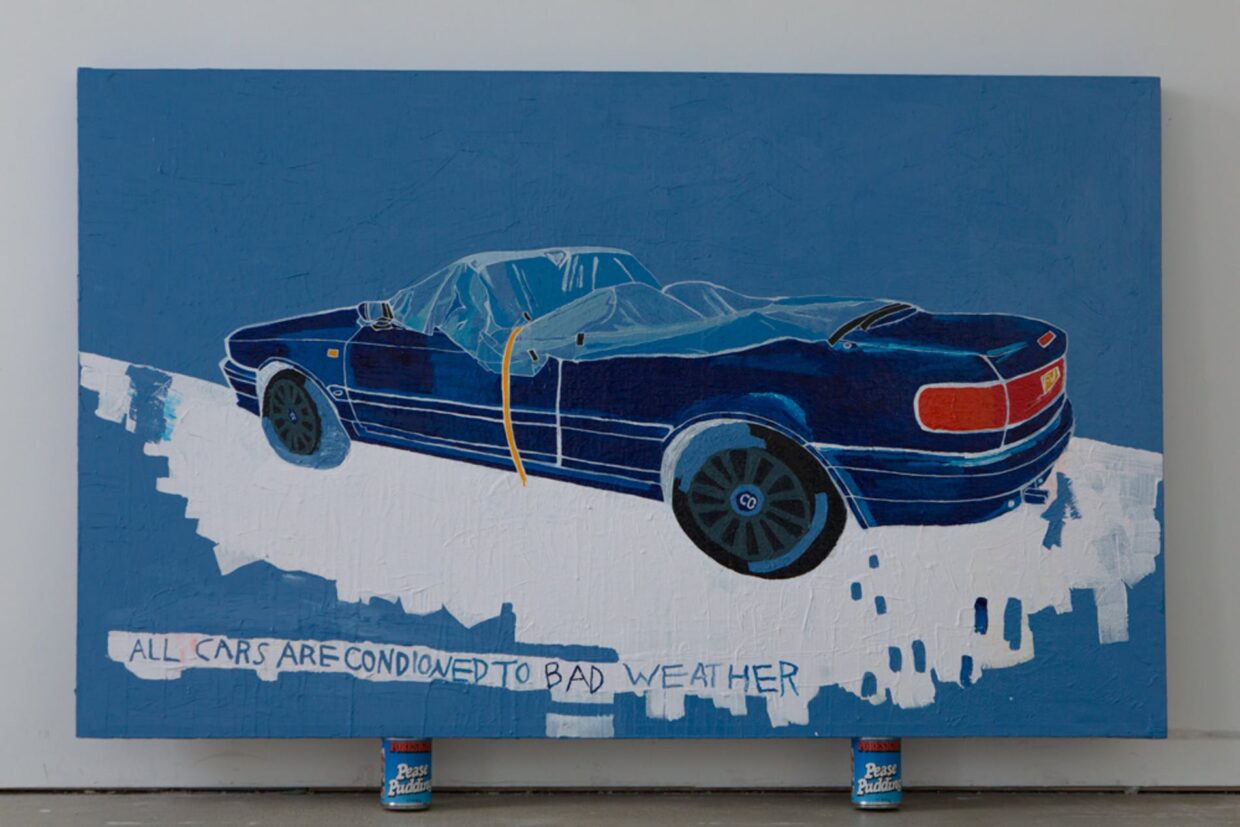Artist Coco Capitán’s Work Defies Categorization
Dec. 13, 2018
By: Jospeh Akel
At 27 years old, artist and photographer Coco Capitán has already achieved what takes many a lifetime. In August 2018, her first solo museum exhibition, Is it Tomorrow Yet?, opened at the Seoul-based Daelim Museum. She’s become a frequent collaborator at Gucci, partnering with the Italian house’s polymath creative director Alessandro Michele to create text-based murals in cities around the world, as well as clothing and accessories featuring her trademark hand-written aphorisms. Oh and of course, she has shot campaigns and look books for Miu Miu, Maison Margiela, and A.P.C and editorial work for Vogue, Dazed, New York Times, Document, and about a dozen others.
To be sure, Capitán’s dizzying output combined with her ability to straddle the worlds of art and fashion single her out as one of those true multi-hyphenates—a digital-era, social media-savvy creative whose comingling of commerce and activism positions her as an inheritor of the likes of Barbara Kruger, Marilyn Minter, and Jenny Holzer. But unlike her millennial peers who often feel entitled by their early successes, Capitán has remained humbled, perhaps even surprised by her achievements.
Case in point, her collaborations with Gucci—which have probably done the most to raise Capitán’s profile on the international stage—and her reactions to them. When asked about encountering the Gucci designs that feature her text-based sayings, Capitán’s response is telling. “I’m not sure I know how to feel yet,” she confesses. “I just crossed paths with a person wearing one of the Gucci pieces with my writing on it, and they had no idea that the text on was written by me.” And yet, far from dismayed, what excites Capitán is not recognition on the street, but rather a subtler pleasure: the anonymous connection with another through a shared experience. “I like this experience—I am sharing a space with someone wearing my work without even knowing it.”
In charting Capitán’s ascendency, the support of Michele himself plays more than a small part. “I feel grateful to Alessandro,” she notes, “for trusting someone so young. I don’t know what else to say about Alessandro, other than that I have so much admiration for him.” Since becoming Gucci’s creative director in 2015, Michele has transformed the brand into a postmodern riff on a baroque fantasy, one noted for its embrace and support of outside collaborators—from Dapper Dan’s hip-hop infused take on to the commissioning of artists, such as Ignasi Monreal and Phannapast Taychamaythakool, to create fantastical images for various campaigns and designs. For Capitán, Michele’s patronage recalls another Italian family noted for their support of the arts: “I feel Gucci is the new Medici.”
Capitán’s own story, and how she came to work with Gucci, began during her time as a student. She first studied fashion photography at the London College of Fashion, before going on to the Royal College of Art to earn a master’s in studio art. It was during that time, in the creative milieu of London’s fashion community, that her editorial work was spotted by Gucci and, very soon thereafter, she was brought on by the house to photograph their 2015 men’s S/S look book.
Photography plays a central role in Capitán’s body of work. In many ways, it is the medium that has provided her with the greatest visibility. It is also the one with which she feels it is easiest for her to engage. “Photography is a very approachable medium. It’s easy to act with a camera in your hand in reality.” It was also a means for the reserved Capitán to connect with others: “I think I could be quite shy. Photography was a good vehicle for me to explore other people.” But she also approaches the medium with a healthy dose of criticality. “I worry that photography has a lot to do with consumption. Consumption in the sense that every time you capture something [with a camera], it’s like making a commodity out of your memory.” In response, perhaps, to that, Capitán’s interest in text-based works are positioned as a kind of counter to the photographic act. “What I like about words,” she notes, “is that you are not putting an image in the mind of another person. You are allowing for them to create their own image, based on the words that you are giving them.”
Ultimately, however, Capitán’s concerns with the commodification of creative products is closer to Andy Warhol than Kruger or Cindy Sherman. In fact, she readily acknowledges Warhol as an influence on her own work. “Whether you called him an artist or an advertiser, what does it matter? I want the same thing to apply to me and what I do. My main goal is to create a message and deliver it to my audience. I don’t care if you want to think of me as an artist, photographer, as a creative.”
Source: L'OFFICIEL ART



